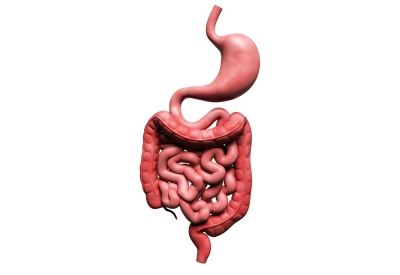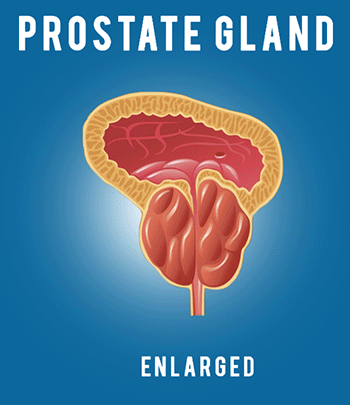Tests and Diagnosis of Diverticulitis
Tests and Diagnosis of Diverticulitis

Image courtesy of dream designs at FreeDigitalPhotos.net
Diverticulitis is a condition in which diverticuli in the colon rupture. The rupture results in infection in the tissues which surround the colon. The colon is the large intestine and is a long tube like striation that stores and then eliminates waste material. As a person gets older, pressure within the colon causes bulging pockets of tissue, or sacs, that push out from the colon walls. A small bulging sac pushing outward from the colon wall is called a diverticulum. More than one bulging sac is referred to as diverticula. Diverticula can occur throughout the colon, but most are common near the end of the left colon. This is referred to as the sigmoid colon. The condition of having these diverticula in the colon is called diverticulosis.
Tests and Diagnosis of Diverticulitis
More serious complications include diverticulitis, abscess in the pelvis, colon obstruction, and bacterial peritonitis, plus bleeding in the colon. A diverticulum can become infected with bacteria and ruptures, causing diverticulitis. Fever, tenderness, and pain of the lower left abdomen are common symptoms. Constipation or diarrhea may also occur. A collection of pus can develop around the inflamed diverticulum, which leads to the formation of an abscess, usually in the pelvis. On rare occasions, the inflamed diverticula can erode into the urinary bladder, which causes a bladder infection and passing of gas during urination. Inflammation of the colon may also lead to bowel obstruction. On rare occasions, a diverticulum ruptures freely into the abdominal cavity causing life threatening infection caused peritonitis.
Diverticulosis is very common, being found in more than half of Americans over the age of 60. Only a small percentage of these people will develop the complication of diverticulitis. Diverticulitis can lead to complications such as infections, perforations or tears, blockages or bleeding. These complications always require treatment to prevent them from progressing and causing serious illness. The diverticula may also get infected. This is caused by stool or food that is not broken down and gets trapped, causing swelling and pain. A diverticulum can become infected with bacteria and rupture, causing diverticulitis. Fever, pain, and tenderness of the lower left abdomen are common symptoms. Constipation and diarrhea may also occur. Diverticulosis is often found through tests which are ordered for another ailment.
A fistula is an abnormal connection of tissue between organs or between an organ and the skin. When damaged tissues come into contact with each other during infection, they sometimes stick together. If the tissues heal that way, a fistula is formed. When diverticulitis related infection spreads outside of the colon, the colon’s tissue may stick to other tissues in the same area. The most common organs involved are the urinary bladder, skin, and small intestine. The most common type of fistula occurs between the bladder and the colon. This tends to affect men much more than women. This type of fistula can result in a severe infection of the urinary tract, which can last for a long time. This problem can be corrected with surgery which removes the fistula and the affected portion of the colon.


